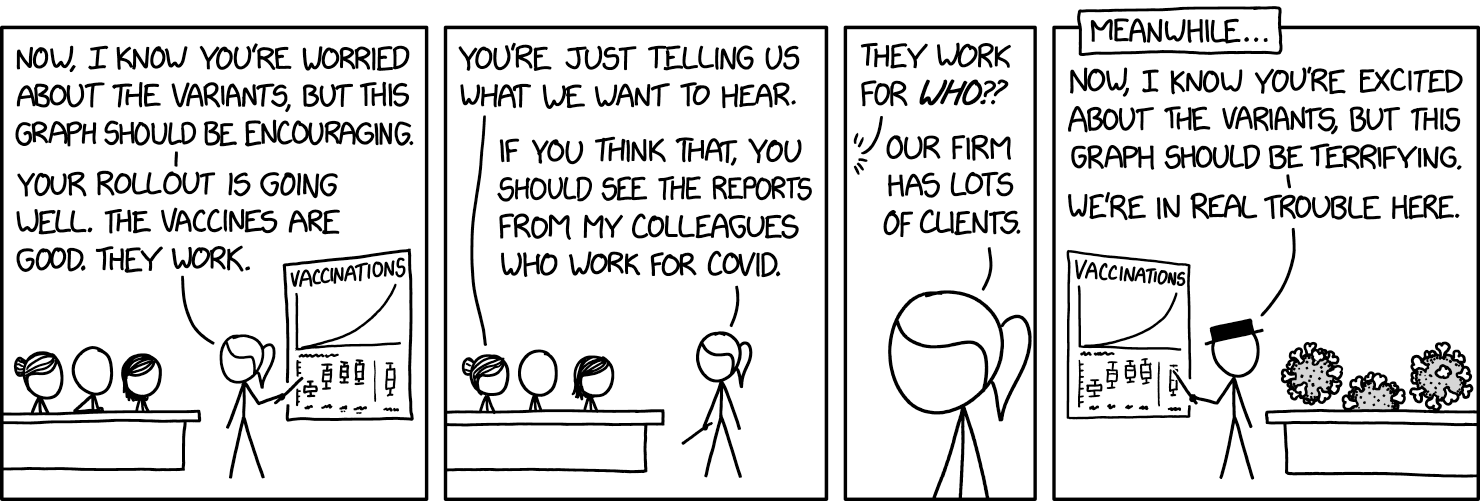Read the post from October eighth first. The points weren't original then (they weren't even new to the blog), but they are as or more valid now and they are particularly relevant to today's news.
Is Cheney being patriotic? I don't know. Like her father, she has never put principle before party and it's not obvious she is doing so now. There is a good case to be made that the best option for the GOP is to make the painful break with Trump as soon as possible. As both a loyal and savvy Republican, this could be the most partisan move open to her.
Is Cheney being patriotic? I don't care. The country needs a good, sane conservative party. Instead we have one consisting almost entirely of members who base their positions on increasingly absurd delusions and of "sane vampires" who go along with the believers either out of fear or ambition. Even if Cheney only cares about the GOP, she is still acting in the best interests of the country.
THURSDAY, OCTOBER 8, 2020
More on the great unwinding -- the post-Trump GOP is probably inevitable but still unimaginable
1. Trump has become more and more toxic to a growing majority of the country. If things continue going the way they're headed, he will be the ultimate example of von Hoffman's rat on the kitchen floor for the Republican Party.
2. But unlike with Nixon, the base is personally loyal to Trump, not to the GOP.
3. It is difficult to describe what we're seeing as anything other than a cult of personality, complete with the Soviet style propaganda images, the assumption of mental and physical perfection and the messianic overtones.
4. Even if the base were to continue to support the party, the Republicans absolutely must broaden its appeal. After 1988, they have won the popular vote for the presidency exactly once and that was the special case of a wartime reelection.
5. But the base will not tolerate disloyalty to either Trump or his message. Keeping them happy while broadening support is impossible, but the alternative is to find a way to go from a minority to a majority party while trying to make up for the loss of around half of your supporters.
Are there scenarios where this does happen relatively quickly? Sure, but there are no obvious paths that don't require some deus ex machina plot twist. Which leads to the final and most important point.
6. With a handful of possible exceptions like the extraordinarily sharp Josh Marshall, observers are almost all underestimating the chances of profound and unexpected changes to the way American politics works. I'm not saying what's going to fall or which direction it will tip, but things are going to be different.
From Marshall
But don’t take your eyes off this broader calculus – one separate from Trump, his state of mind, one that is above all rational. Yes, everyone should give their 110%. Everybody get out to vote. The stakes for a second Trump term are too high to take anything for granted. But for those gaming out their own moves and post-January realities, Trump’s defeat is starting to look very likely. Under normal circumstances that would lead congressional Republicans to cut Trump loose and pitch their reelection as a check on the power of a Democratic President. That would be a great card to play for a number of endangered Republican Senators at the moment. But it’s all but impossible since loyalty to Trump is now the centerpiece of Republican identity. And any move away from him would trigger a fatal backlash.





